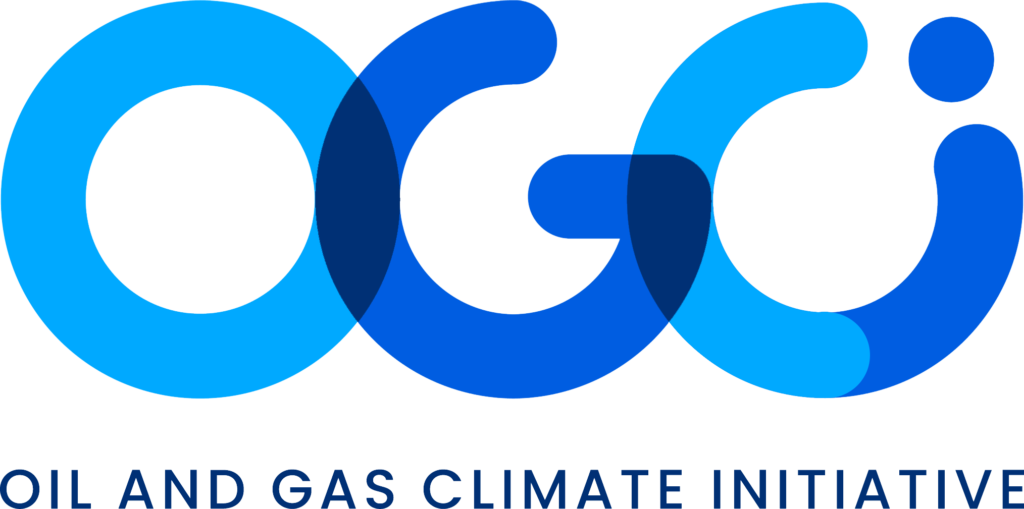CCUS Value Tool
The CCUS Value Tool calculates the impact of a CCUS project on direct and indirect employment and gross value added. It focuses initially on calculating the impact of capture projects in four hard-to-abate industries and six UK regions. The aim is to provide results that are specific, relevant and up-to-date, using a standardized methodology that can be expanded globally.

1Choose your sector
Definitions
REF: Reference case – Cement produced in a cement Kiln
MEA: Cement produced in a Cement kiln with CCS using MEA Absorption technique. CO2 is captured Post fuel Combustion, and is chemically absorbed using monoethanolamine (MEA) as solvent.
Oxy: Cement kiln with CCS using Oxyfuel process. In the oxy-fuel combustion process, oxygen (rather than air) is used for the combustion of fuel. The exhaust gas is then mainly composed of water vapour and CO2 (with high concentration). The CO2 can then be easily separated from other impurities by reducing the temperature of the flue gas where CO2 condenses out.
CAP: Cement kiln with CCS using Chilled Ammonia process (CAP). CAP is a post-combustion carbon-capture process that uses a non-proprietary solvent formulation based on readily available ammonia.
MAL: cement kiln with CCS using Membrane Assisted Liquefaction technique. The membrane-assisted CO2-liquefaction process is a hybrid between two carbon capture technologies. In the first stage, CO2 is separated in bulk from the flue gas by permeation through a membrane module. In the second stage, a CO2 liquefaction process enables purification and conditioning of CO2.
CaLtail: Cement kiln with CCS, using Calcium Looping (Tailed-end configuration). Calcium Looping is a post-combustion CO2 capture technology that removes carbon dioxide from flue gases using a calcium oxide sorbent. The tail-end configuration is where the CaL process is integrated as an end-of-pipe process, treating the cement kiln exhaust gas in the carbonator.
Calint: Cement kiln with CCS, using Calcium Looping (Integrated). Calcium Looping is a post-combustion CO2 capture technology that removes carbon dioxide from flue gases using a calcium oxide sorbent. In an integrated configuration, the CaL process is integrated in the clinker burning process.
Definitions
BF-BOF: Reference case - Steel produced through the Blast Furnace-Basic Oxygen Furnace route in an integrated steel mill. This route involves processing iron ore to produce iron sinter or pellets, and the melting these in a blast furnace to make pig iron. This is then processed in a Basic Oxygen Furnace to create steel.
BF-BOF with CCS (Make sure the toggle is on): Steel produced through the Blast Furnace-Basic Oxygen Furnace route with CCS using MEA Absorption technique in an integrated steel mill to capture the CO2.
DR with no Fuel Switch (Fuel Swich toggle set to "No"): Reference case - Steel produced using direct reduced iron in Electric Arc Furnace. Iron ore is processed to form Direct reduced iron (DRI, also called sponge iron) and then fed into an Electric Arc furnace, that uses high-current electric arcs to melt the sponge iron to produce steel.
DR with Fuel Switch (Fuel Swich toggle set to "Yes"): Substitution of natural gas with low-carbon hydrogen for the direct reduction of iron process.
Definitions
Refinery: Conventional Oil Refinery
Refinery with CCS and Low Capture Rate: Conventional Oil refinery with CCS (retrofitted), using MEA absorption (low capture rate of 40%)
Refinery with CCS and High Capture rate: Conventional Oil refinery with CCS (retrofitted), using MEA absorption (high capture rate of 82%)
Definitions
CCGT: Combined Cycle Gas Turbine. A combined-cycle gas turbine power plant uses the exhaust heat from gas turbines to generate steam with a heat recovery steam generator (HRSG). The produced steam is then fed to a steam turbine to provide additional power, either running a generator or as a mechanical drive.
CCGT with CCS (Retrofit toggle: Yes = Brownfield / No = Greenfield): Combined Cycle gas turbine with post combustion CCcS using MEA Absorption (greenfield and brownfield)
BECCS: Bioenergy plant with Post Combustion CCS (MEA Absorption)
ATR-H2: Blue Hydrogen production using Autothermal Reforming (ATR) with CCS. ATR converts hydrocarbons like natural gas into syngas (hydrogen, carbon monoxide and carbon dioxide) through a combination of partial oxidation and steam reforming. Combined with CCS downstream, the process enables to produce low carbon hydrogen.
Want to know more?

About the tool


